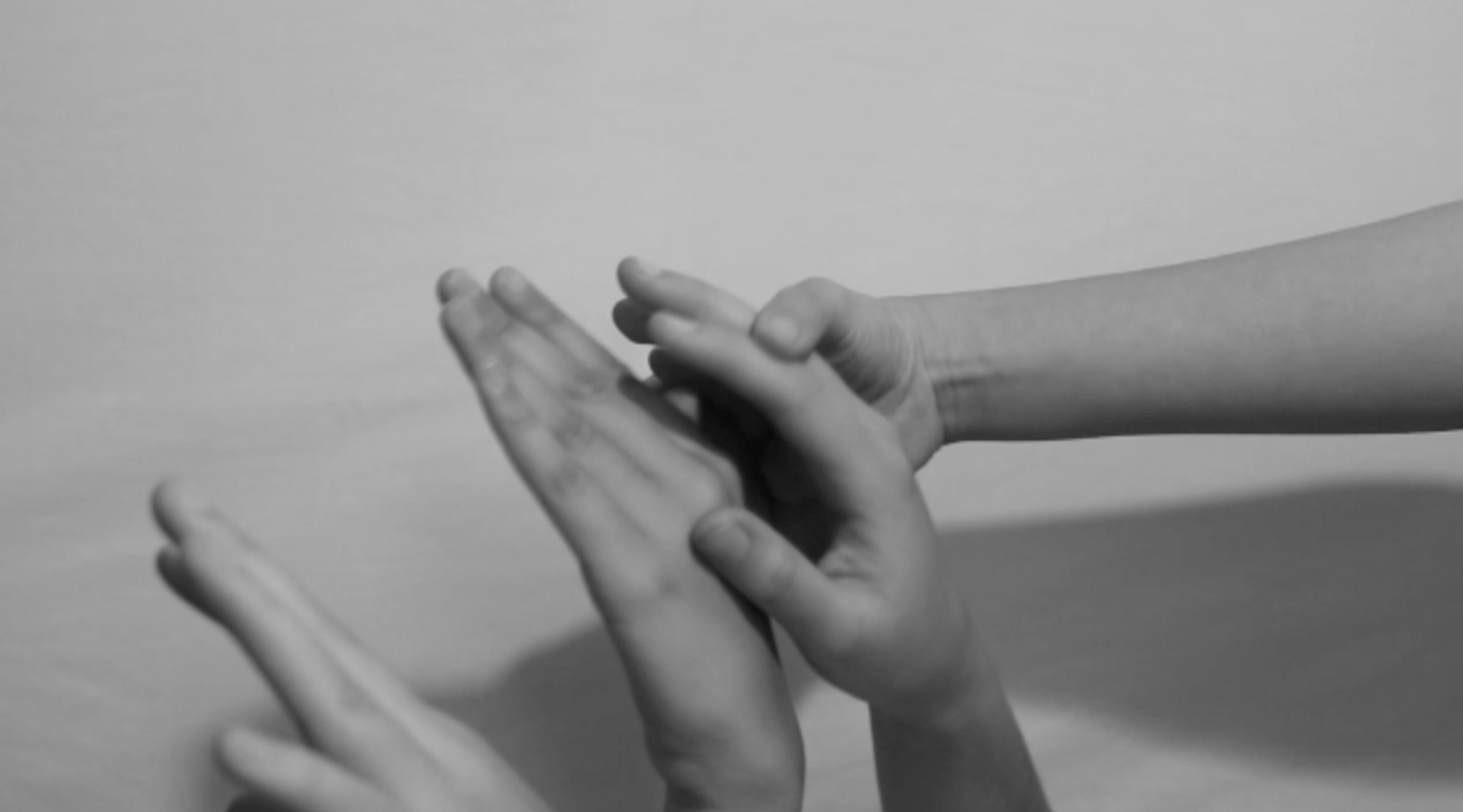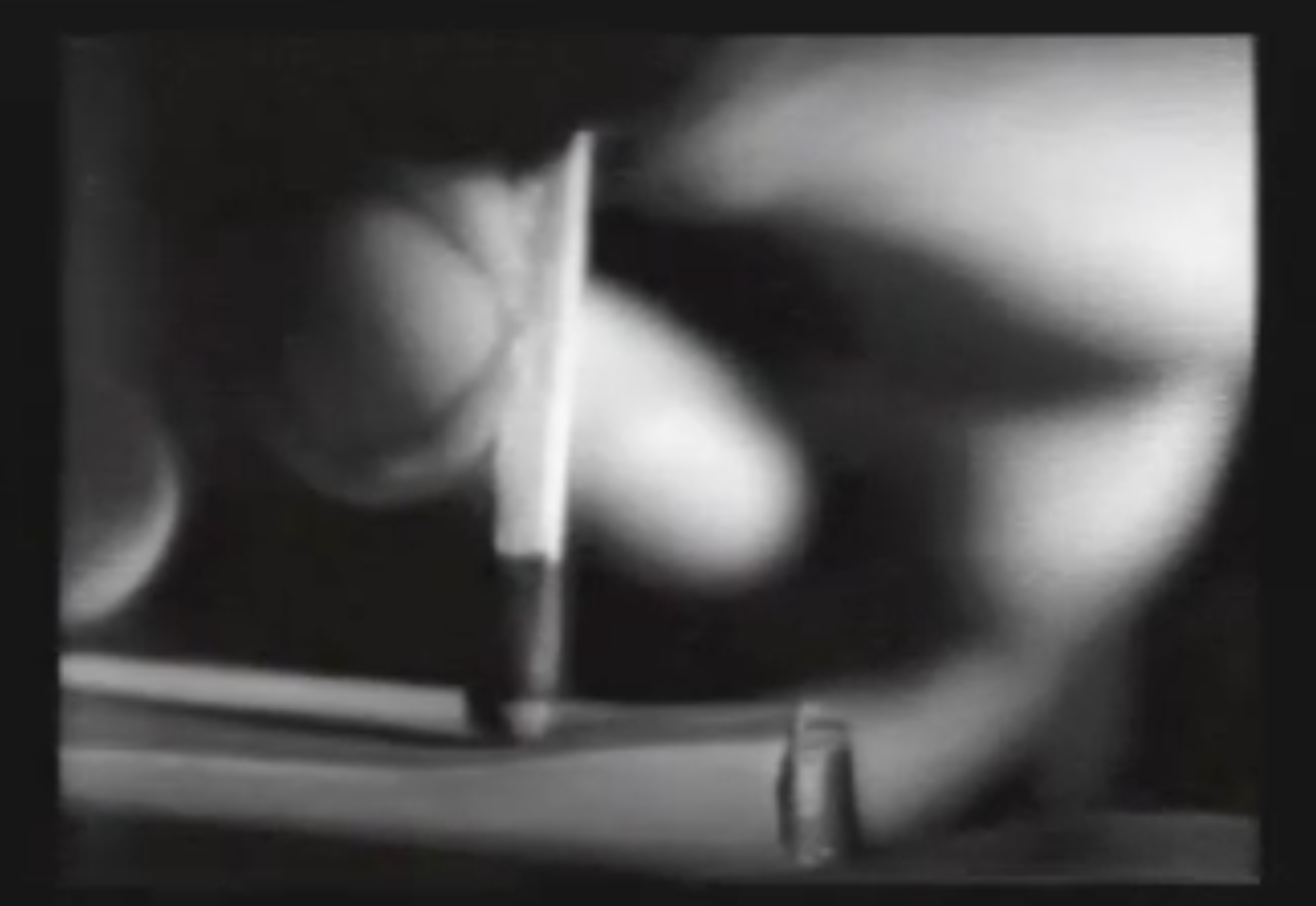To be influenced or to influence? That is the question
An aspect of media studies I have personally always struggled with is the media vs society debate or, as Siapera (2013) would argue, the dynamic relationship between media, technology, society and humanity.
I have previously researched different communication theories on the relations between audience and the media, from the ‘hypodermic needle theory’ (Lasswell 1927) to the ‘users and gratification theory’ (Katz & Blumler 1974). The ‘hypodermic needle’ theory asserts that audiences are passive and susceptible to the influential power of the media (Lasswell 1927) while conversely the ‘users and gratification’ theory argues that the audience has agency and is actively using the media to gratify their needs (Katz & Blumler 1974). The relevancy of these two extremely contrasting theories is questionable as they are dated, focus on mass media and are relatively reductive in their perspective on media-audience relations. Yet, they provide a starting point and a context for the study of media and social relations. We have all got to start somewhere right?
source: <https://giphy.com/gifs/television-the-simpsons-zQGe42ja2h1N6>
When I started researching into these various communication theories for the first time my immediate thought was- obviously the ‘users and gratification’ theory is the most accurate. Humans are way too smart to be influenced by the media. We just use the media for our gain, that sounds about right. Honestly, this thinking was just anthropocentric. But I find it very difficult to accept the fact that I may be influenced by the media. Yet, I cannot deny that new media in particular plays a crucial role in my life and that I am affected by it.
In the text ‘Understanding New Media’, Siapera (2013) examines the interactions and relations between society and media, with an emphasis on the role of new media. She characterises new media as constantly evolving and asserts that “the rise of new media is associated with their ubiquity” (Siapera 2013). Pretty much everyone I know has a smart phone. The only people I know who don’t have smart phones are my grandpa and someone I went on a date with once who had a brick phone to be an ‘individual’.
source: <https://imgflip.com/meme/122982680/Zack-Morris-Brick-Phone>
When it comes down to it, I could come up with many arguments as to why I’m not influenced by traditional media. However, with new media I find it increasingly difficult. For example, as touched on in the lecture, traditional media has more of a hard shell approach to advertising in contrast to new media which has more soft shell advertising. With traditional media it is a lot easier to know when something is being advertised to you. With new media, advertisements are often subtler and it can be hard to know when something is an advertisement and when it isn’t. A few years ago the Advertising Standards Authority in the UK changed the law to stipulate that YouTubers need to tell their fans if they have been paid to promote a product (BBC 2014). This was following an advertisement campaign run by Oreo involving numerous famous YouTubers such as Dan Howell and Phil Lester. Online ‘influencers’ have been blurring the lines between content and advertisement, making it difficult for audiences to decipher what is honest and what is not. However, at the same time audience’s can have a direct influence on the content in new media, through commenting, sharing, liking and generally interacting online.
source: <https://www.bbc.com/news/uk-30203816>
Siapera (2013) argues that there is a “mutually conditioning relationship between human agents and technological artefacts”. She argues that the relations between technology and humans can bring about change in existing areas of life yet concurrently shifts in society can bring about change in technology. This gives a wide perspective on the overall relationship between humanity and technology and one that overall I agree with. However, with relation to social media I think that the concept of influence becomes more difficult to define as the lines are blurred between content producer and audience.
REFERENCES:
Siapera, E, 2013, Understanding New Media, SAGE Publications, London, pp. 1 – 16
BBC, 2014, Vloggers paid for promotions ‘need clearer labelling’,
Lasswell, 1927, Propaganda Technique in the World War, Knopf, Oxford
Katz, E and Blumler, J 1974, The Uses of Mass Communication, SAGE Publications, Beverly Hills, CA


















